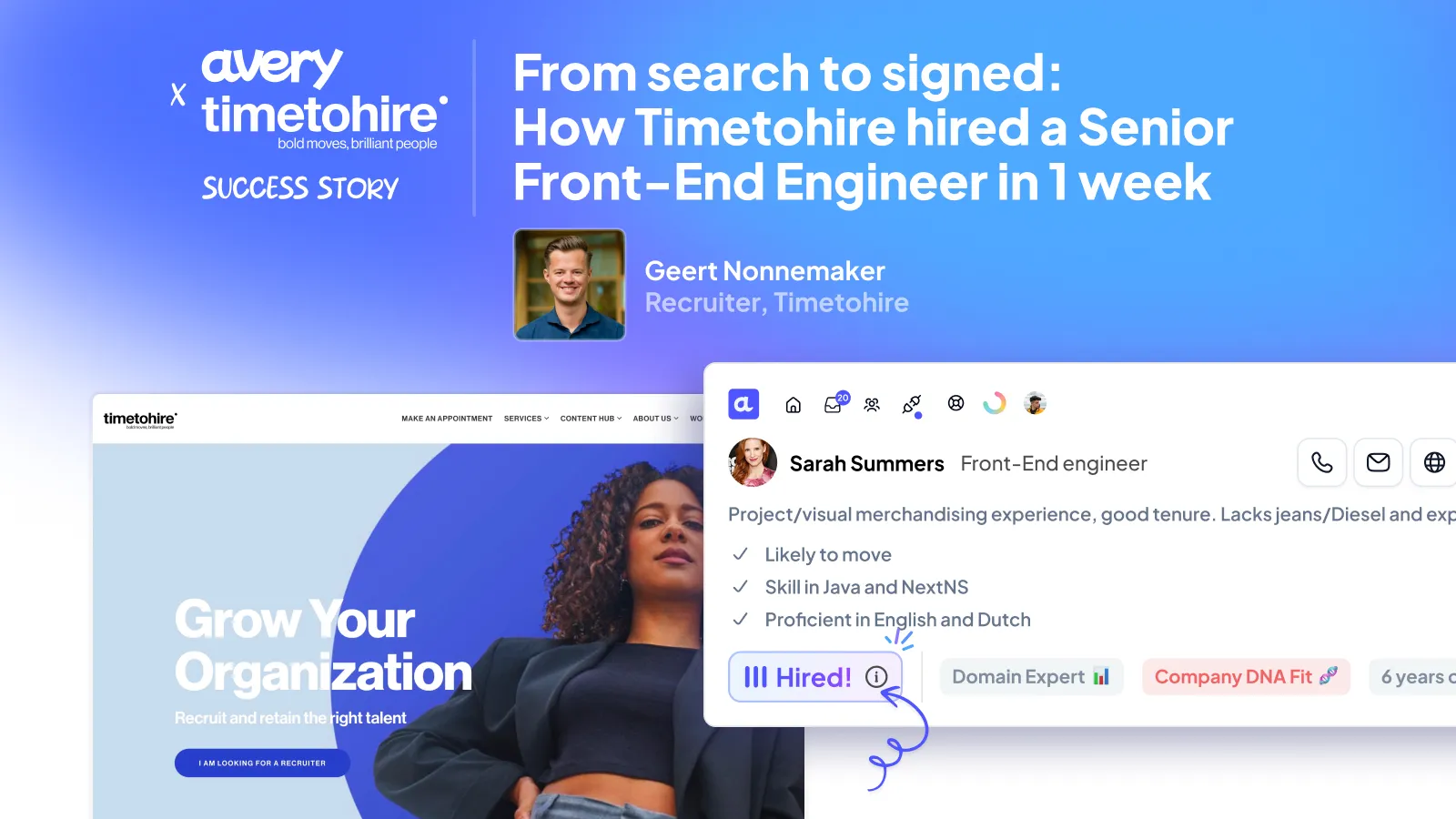Cross-cultural recruitment: the hidden biases sabotaging global hiring in 2025
This article was created in collaboration with Aleksandra Kosintceva

After 750 interviews across 15 markets, one clear pattern emerged: the biggest barrier to cross-cultural hiring isn’t language or time zones, it’s leaders choosing people who think like them, masked by a false sense of cultural awareness.
I sat down with Aleksandra Kosintceva, a Senior Recruiter with nearly 10 years building exceptional teams at Uber, Klarna, Youwe, and Remote, to unpack the systematic failures hiding behind "best practice" global hiring — and what actually works.
Looking at 2025, what's the biggest disconnect between what organizations think they're doing well in cross-cultural recruitment versus what they're actually struggling with?
Aleksandra: I think every company would struggle at a different area when it comes to recruitment. If we talk specifically about cross-cultural challenges, meaning widely diverse teams hiring across the globe the challenges can steep in cultural differences and assumptions, the way our org structures work (what countries report ot each other and why) and how our offer package compares to each other across different markets. A lot of the time benefits or standards that are lucrative in one country would not be valued in another because of tax complications, high inflation, work-life balance, or simply the way work is perceived.
Essentially it's practically impossible to offer "the same" globally. There will always be a gap. I think we've reached the point of globalization in the compensation and benefits space where companies will need to take a turn towards localization to stay competitive.
AJ: The bottom line: Companies assume universal solutions create fairness, but they actually can create systematic disadvantage. Organizations that expanded globally in the past three years report 40% higher recruitment costs per hire, yet 78% of HR leaders believe their processes are "highly effective."
What's one cross-cultural recruitment "best practice" that actually backfires in practice?
Aleksandra: The way we approach pay transparency. I believe in pay transparency in theory, but today it still often backfires. When you post your salary range for a new role, you have to make sure you have an internal pay parity first, otherwise it can be a big demotivating factor for people working in your company already.
Moreover, candidates will often rate themselves at the higher end of the range and being offered a lower amount would feel undervalued. It then brings up a practice of not showing your actual salary range, but only a certain part of it.
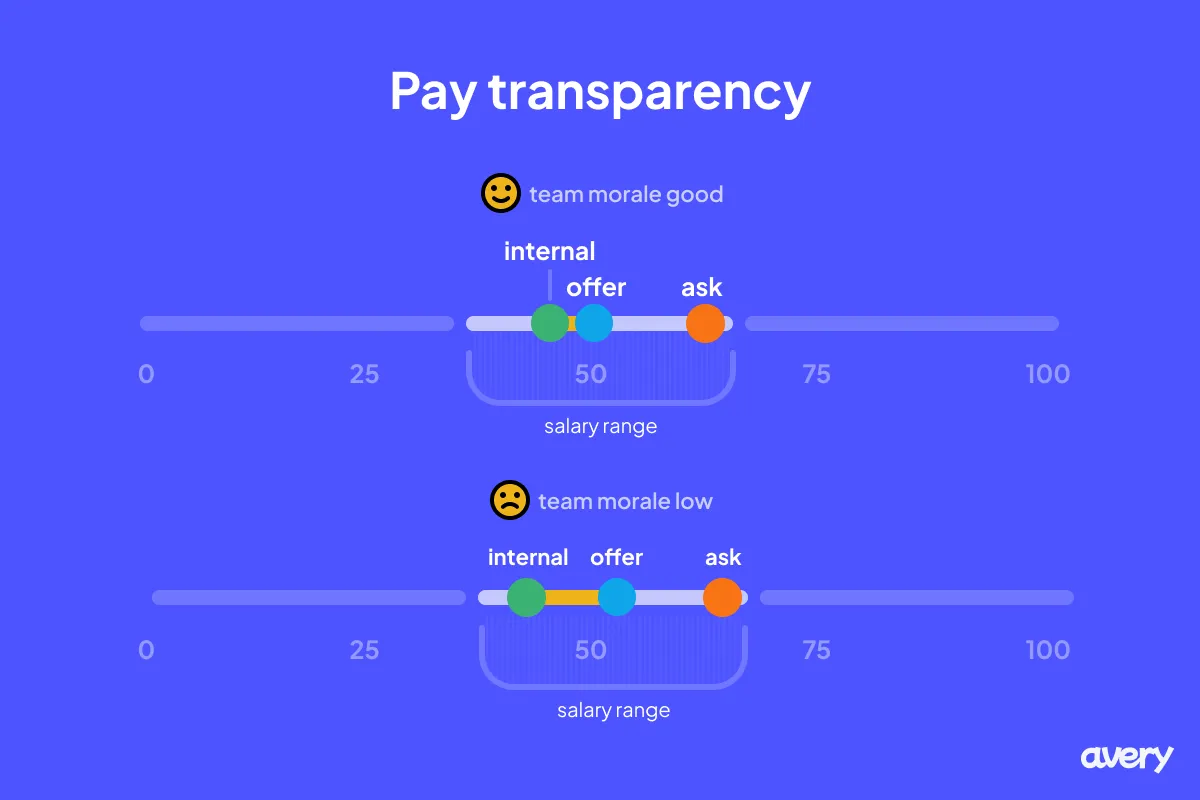
AJ: Here's the reality: Pay transparency, the golden child of progressive hiring, often creates more bias in cross-cultural contexts. Different markets have vastly different expectations around salary negotiation, self-advocacy, and compensation discussions. What feels "transparent" in one culture feels invasive or uncomfortable in another.
Which cultural integration failure pattern do you see repeated most often?
Aleksandra: Cross-cultural interviewing. Living in the global world, learning about our cultural differences, we still find interviewers being biased towards certain cultural behaviors—be it a long-winded storyline, a humble self-expression, a tendency to "oversell," or to be very dry and close to facts.
Today recruiters and HR professionals are still gatekeepers of internal biases, and have to spot them and talk them through. This is not to change anyone's opinion, but to make sure we have an open discussion about it.
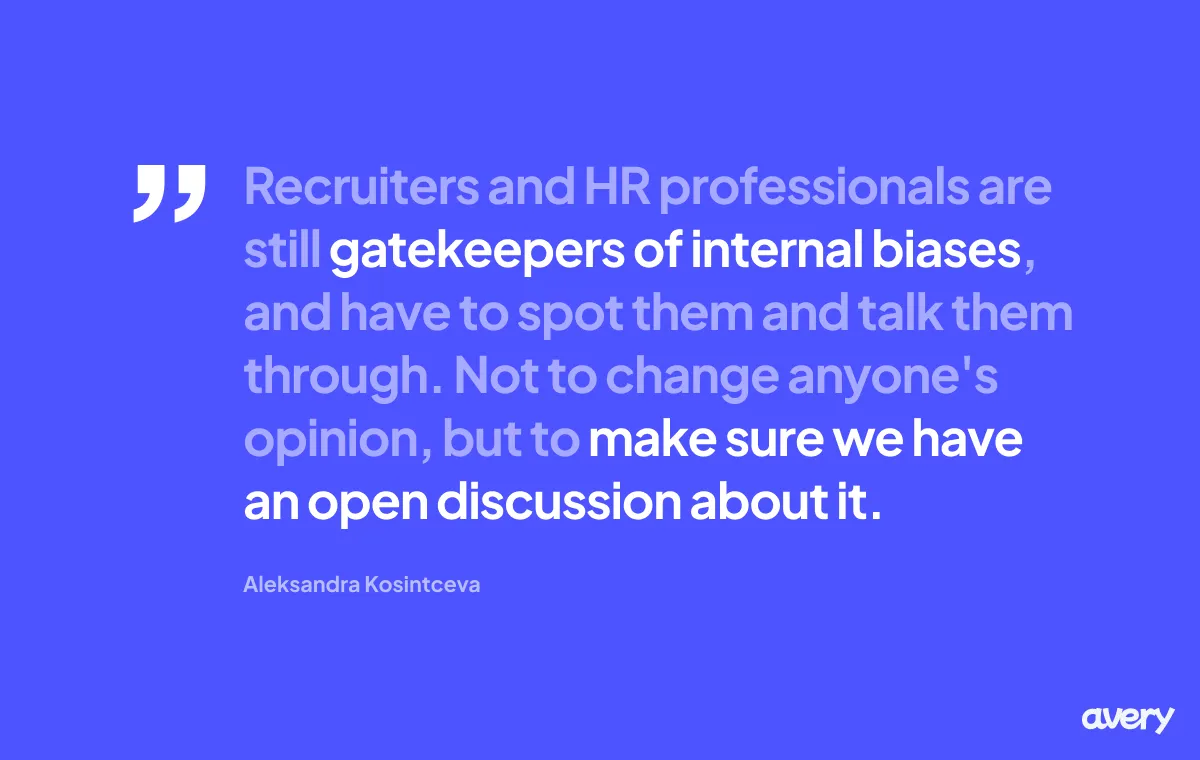
AJ: This hits at the heart of why most "cultural awareness" training completely misses the mark. The issue isn't teaching interviewers about different cultures—it's teaching them to recognize when cultural differences mask actual competence. Companies implementing structured competency frameworks report 35% more diverse hires and 50% higher retention rates.
What's the one tool that actually works for reducing cultural bias?
Aleksandra: I'll name two:
Number one: Deep competency- and skills-based interviews, where you focus on what the candidate brings to the table professionally.
Number two: Debriefing at the end of the recruitment process often sheds light on a ton of biases. In my experience, gently offering a different point of view on a certain behavioral trait usually allows interviewers to understand themselves and the candidate better.
AJ: The counterintuitive insight here: The solution isn't cultural education — it's systematic skill extraction. These methods work because they separate competency assessment from cultural performance, allowing genuine talent to surface regardless of presentation style.
What's the most counterintuitive insight about cross-cultural recruitment that would surprise most HR leaders?
Aleksandra: People hiring similar people. You would be surprised how many senior leaders would not hire people who represent an opposite personality to them, or who have larger expertise in certain aspects or see a problem at hand differently.
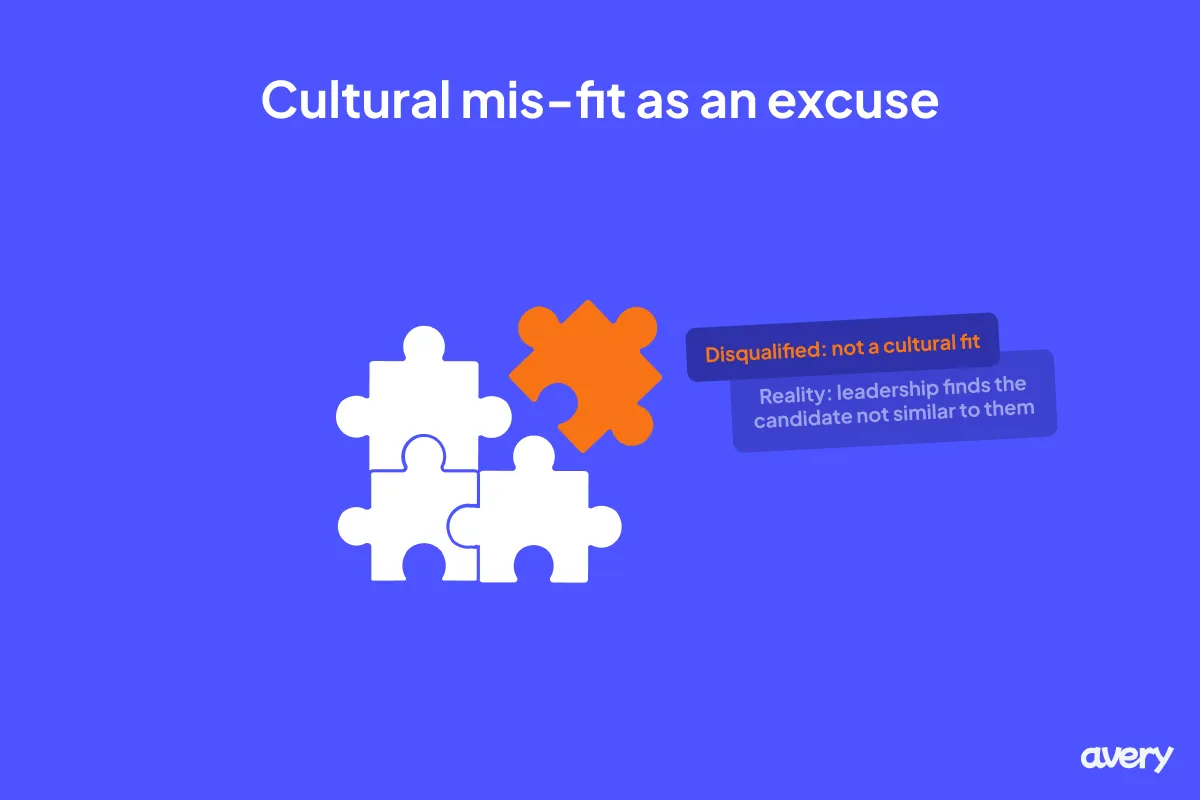
AJ: The uncomfortable truth? Most diversity initiatives fail because they focus on demographics while ignoring cognitive diversity. Leaders say they want different perspectives, but systematically reject candidates who actually think differently from them. This isn't conscious bias — it's hardwired preference for cognitive comfort over competitive advantage.
How is AI changing cultural bias in recruitment—for better or worse?
Aleksandra: Big footnote: everything around AI is still lacking time-proven evidence and research, but we already know a few things.
We know that CVs are being targeted to JDs, but also that search that recruiters do in applicant tracking systems is driven by AI. This makes CV screening even more competitive and contributes to narrowing down the profile—recruiters will only speak to people who have 80% and above match to the role.
We know that candidates use AI to complete take-home exercises. We may see companies coming back to live exercises.
AJ: The hidden danger: AI systems trained on dominant cultural patterns will systematically exclude candidates who express competence differently, even when underlying skills are identical. Companies preparing for this shift are implementing live assessment methods that can't be gamed by AI optimization.
Can you share a specific cultural recruitment challenge that caught you off-guard?
Aleksandra: Hiring for major Southeast Asian markets taught me about candidates "shopping" for offers—using job offers to negotiate internally or with other companies. While this happens anywhere, it's particularly common and acceptable in certain markets.
How we address it: Establishing good connection and trust early in the process. Keeping in touch at all stages to gauge updates. Always making sure the pipeline is alive and we have a silver medalist. Ultimately at offer, we sell the opportunity and impact they'll have rather than just the salary.
AJ: The key insight: The response isn't cultural judgment—it's process adaptation. Companies that fight cultural norms instead of adapting to them see 60% higher offer decline rates and damaged employer brand in local markets.
What about hiring manager behavior—do cultural differences affect how leaders evaluate candidates?
Aleksandra: I've seen hiring manager skepticism where leaders maintain heavy doubts about candidates until the very offer stage, requiring extensive evidence-building throughout the process.
I shadowed interviews across different company levels, provided specific deep-dive techniques, prepared interview training, and structured the process to give hiring managers detailed competency evidence.
AJ: Here's what most people miss: Some cultures emphasize extensive evidence-building over initial impressions. The solution isn't changing the culture — it's building structural support that provides the evidence hiring managers need to feel confident.
What's your most controversial opinion about diversity and cultural integration?
Aleksandra: Diversity is only great when it's done genuinely. When it's done for pretense or KPI it becomes another corporate cog.
Most of our corporate best practices are built in the "American" way, but most of our businesses are multicultural, so people have to adjust themselves to a corporate standard that is often alien to them.
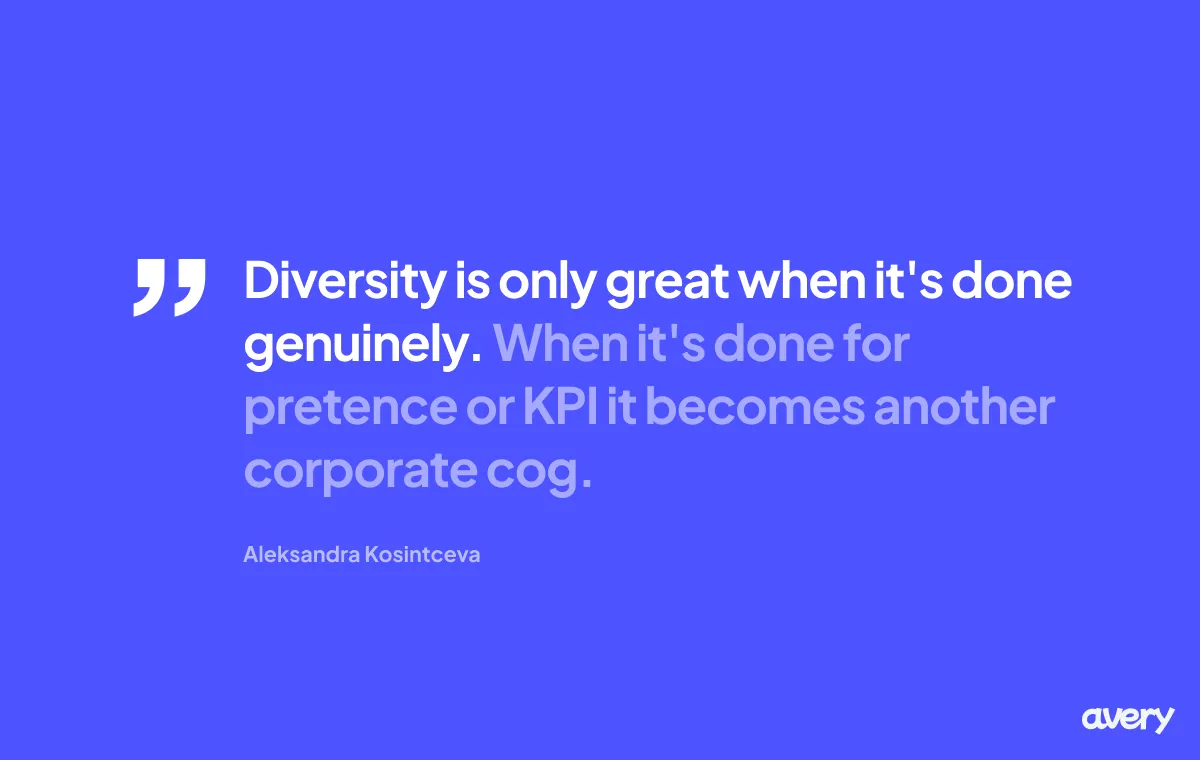
AJ: The bottom line: Organizations getting cross-cultural recruitment right in 2025 aren't those with the most sophisticated cultural training programs. They're the ones building systems that assess universal competencies through culturally adaptive processes while maintaining consistent quality standards.
The Path Forward
The uncomfortable truth? Most companies will continue optimizing for cultural comfort rather than competency excellence.
The organizations that will thrive in 2025-26 recognize that cross-cultural recruitment isn't about learning to appreciate different cultures—it's about building systems that can assess universal competencies through culturally adaptive processes.
Companies getting this right report 40% faster global hiring, 55% better cultural integration success, and 25% higher retention rates among diverse hires. More importantly, they're building competitive advantages that can't be copied by organizations still stuck in universal "best practice" thinking.
As AI reshapes recruitment and societal polarization increases, the companies that will own the global talent market are those that can navigate cultural complexity while maintaining authentic hiring standards.


